Diamondbacks centerfielder A.J. Pollock's strong start is built to last

A.J. Pollock followed a comfortable, steadily upward trajectory to the majors. After starring at Notre Dame for three seasons, he was the 17th pick in the 2009 amateur draft. He missed most of the 2010 season due to injury but crushed Double A pitching in 2011 and raked at Triple A Reno in 2012, earning himself a promotion to the majors late that season. In 2013, he was Arizona’s Opening Day centerfielder.
Pollock’s ascendance stayed right on track through his first season-and-a-half in the majors. He put together a fine rookie year, hitting .269/.322/.409. Everything started to come together for him last season. Entering play on May 31, he was hitting .303/.353/.498 with six homers, 15 doubles, four triples and 14 steals. That night, he got hit on the hand by a Johnny Cueto fastball, effectively ending his season. The comfortable, steadily upward trajectory he enjoyed since his days in South Bend ground to a halt.
Pitcher stream options: If available, add Jesse Chavez, Kyle Hendricks
To watch Pollock this season is to see a man making up for lost time. He may have been on the shelf for most of the second half of last season, but he’s playing as though he got all that on-field experience under his belt. Through 51 games this year, the exact number he played before that Cueto fastball met his hand last season, Pollock is hitting .318/.370/.495 with seven homers, 10 doubles, two triples and 13 steals, and has put himself back on a track to stardom.
Pollock is no Icarus, mind you. He has earned his status as one of the best young outfielders in baseball, as well as the No. 13 overall player in standard 5x5 fantasy leagues this season. Pollock’s hard-hit rate is 32.9 percent, and his line-drive rate is 19.8 percent. You may look at his .357 BABIP and assume regression is in the offing, but that ignores not only how consistently he’s squaring up the ball but also the fact that he makes contact on 92.5 percent of the pitches he swings at in the zone. Pollock is a deliberate hitter, and it’s awfully hard to get a strike past him when he takes a cut. That’s the sort of a approach that leads to a higher-than-average BABIP.
Hitting report: The most consistent batters through first two months
The numbers may suggest, to an eerie degree, that Pollock has picked up right where he left off last year, and in a way, that is the case. That is not to say, however, that he’s the exact same hitter he was a year ago. Pollock has made one significant adjustment in his setup at the plate. In all honesty, it’s hard to say whether or not this is having a dramatic effect on his success this season, but it’s certainly something worth noting.
The following is from a May 10 game against the White Sox last season. Let’s first watch the GIF of Pollock taking strike one from Jose Quintana, and then break it down.

It’s a pretty typical stance for a right-handed hitter. Pollock has a slight knee bend with his hands out in front of his chest and about even with his back shoulder. His load is quite loud, as he features a big leg kick with his hands making an exaggerated backwards-c motion. He caps it off with a noticeable stride toward the pitcher.
Let’s take a look at it, frame by frame.
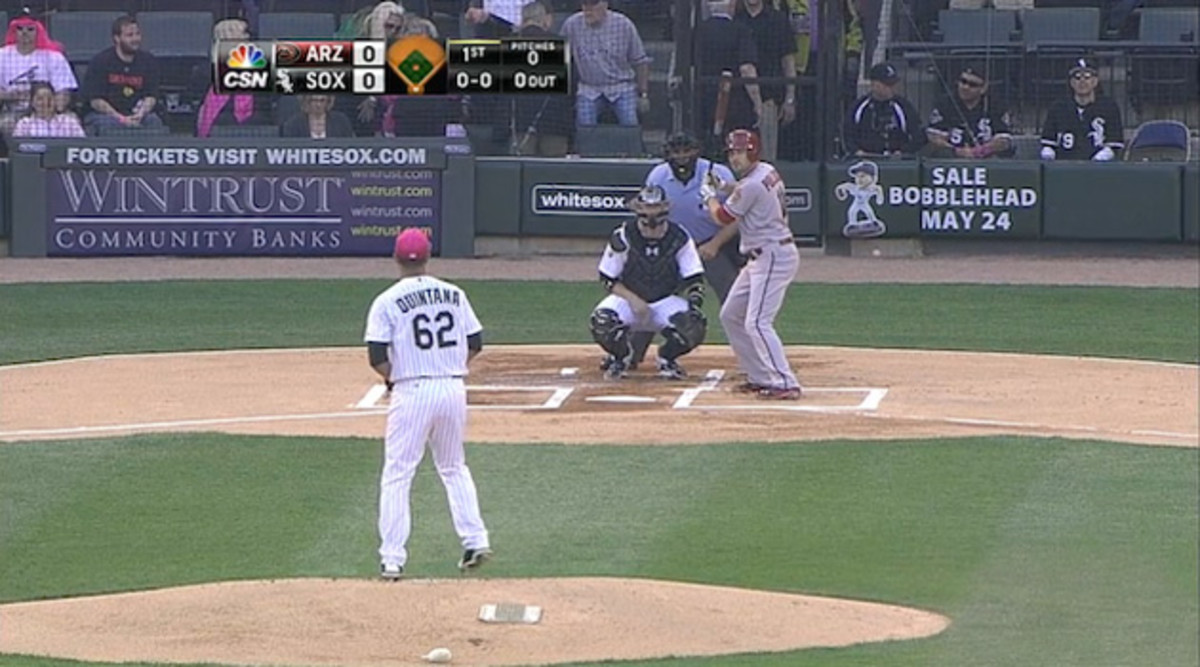
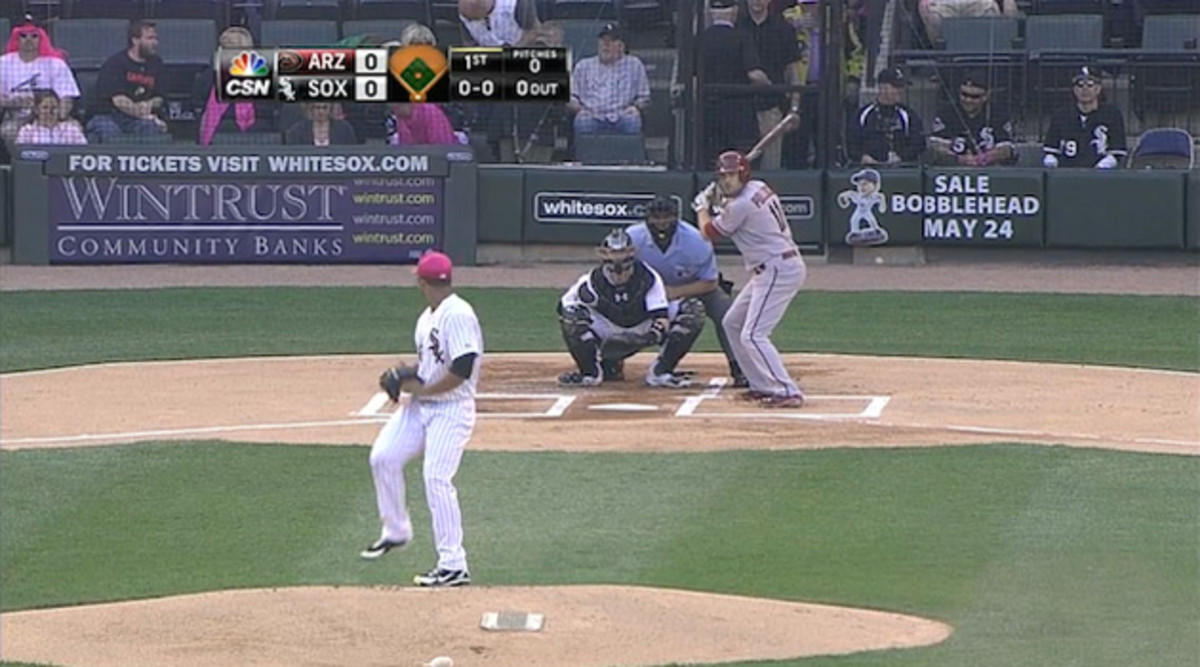
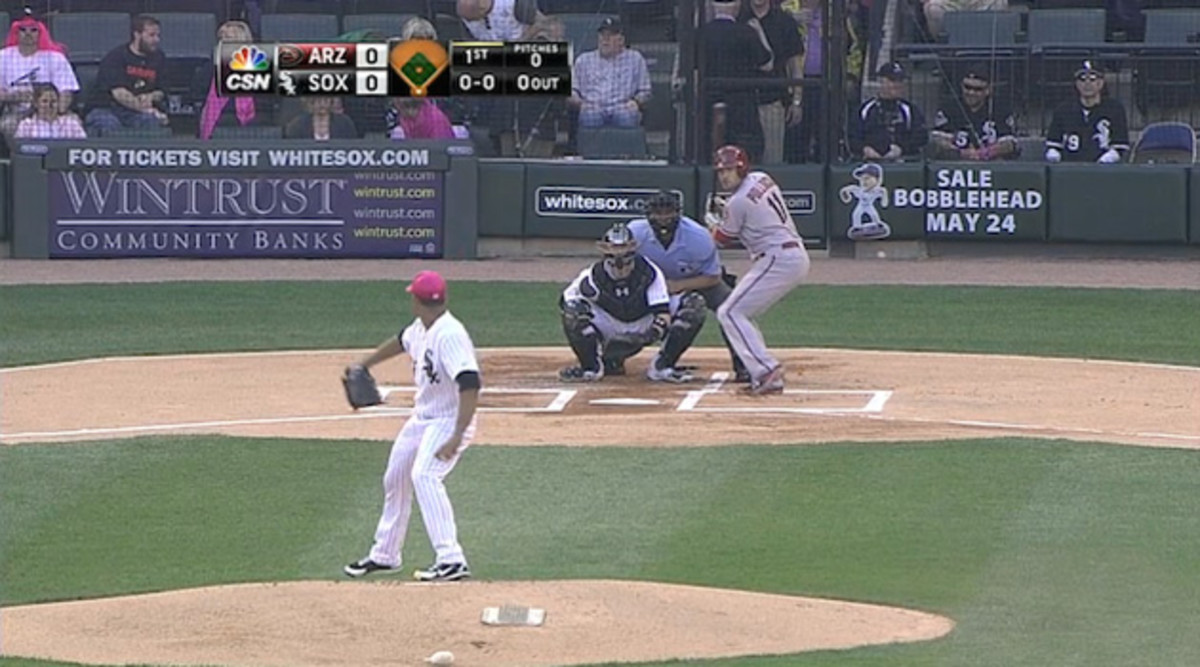
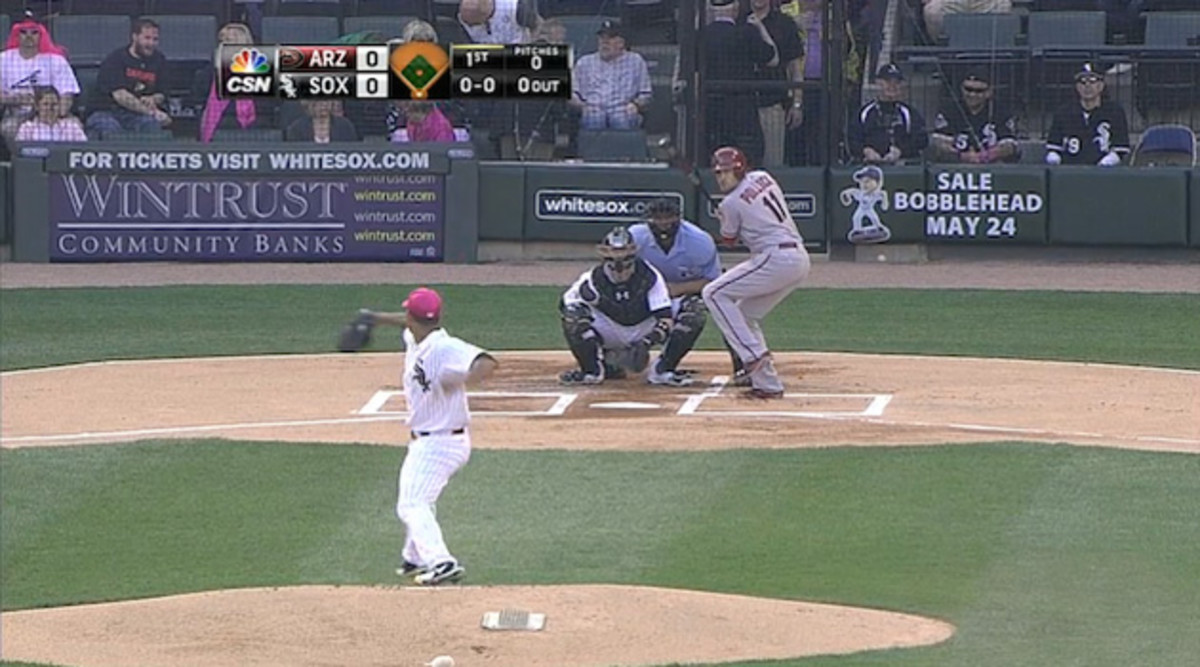
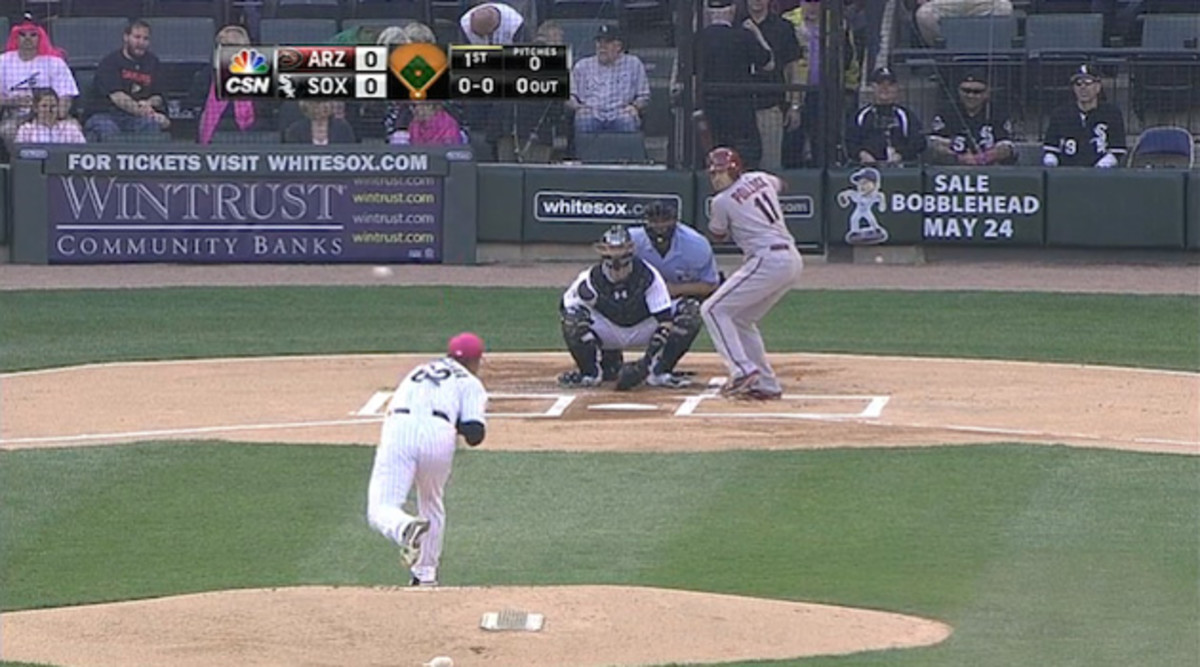
Pollock employed this exact stance all season. Here’s a screenshot of him on Opening Day of 2014.
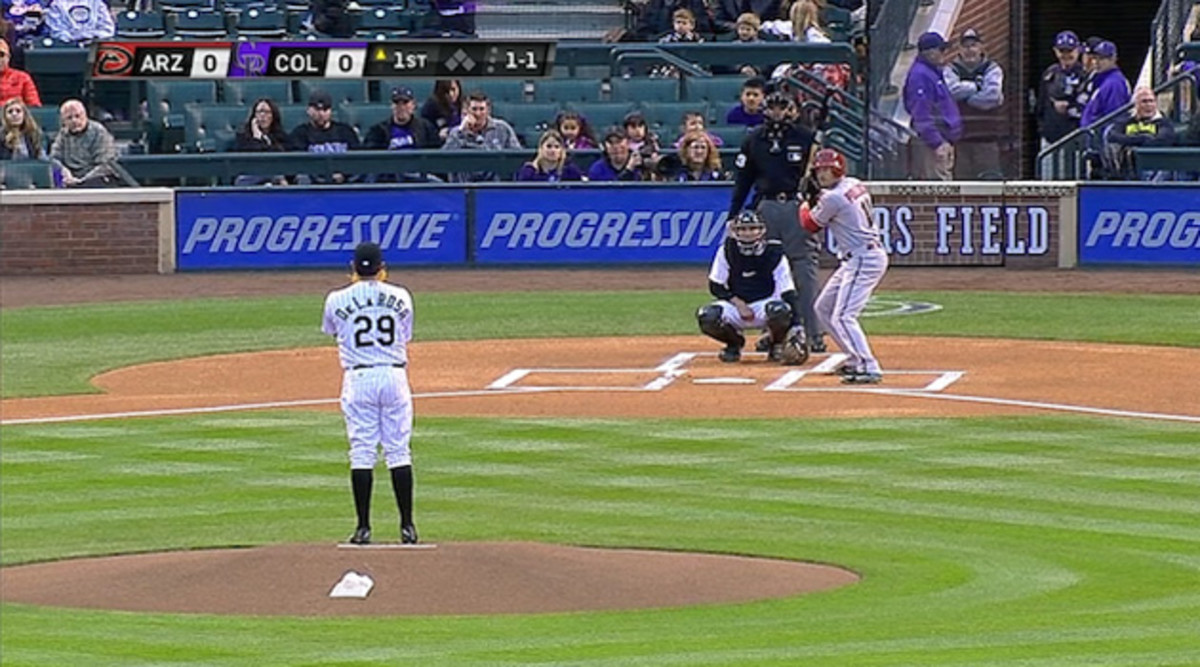
And here’s one from September of last season, after returning from his injury.
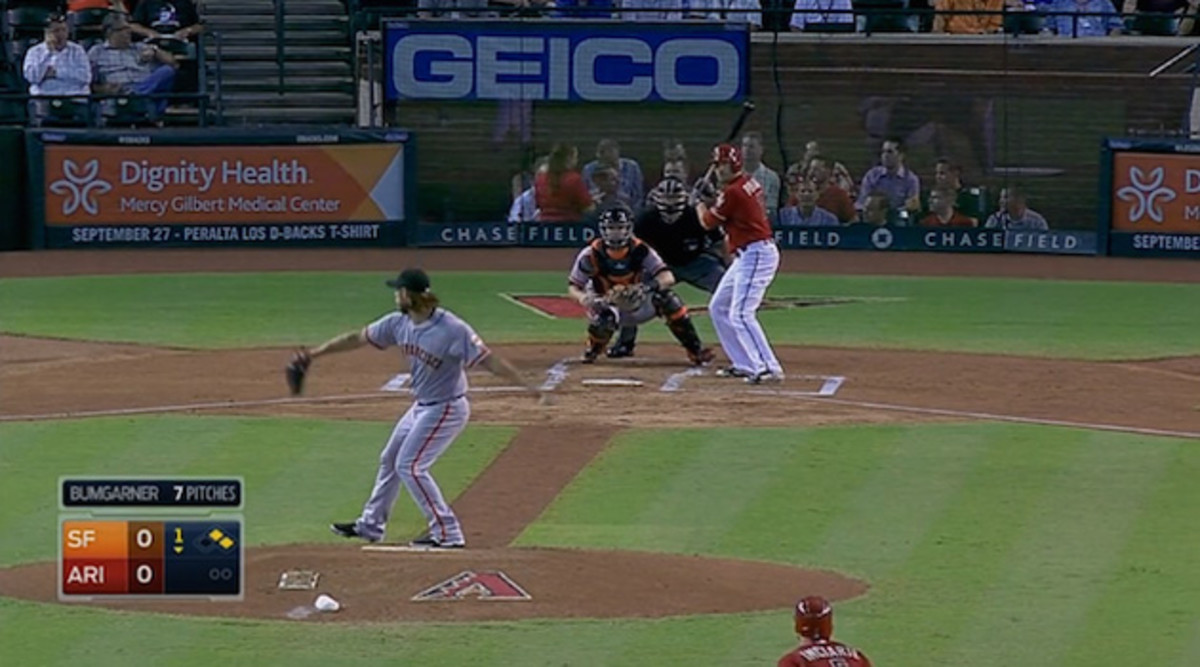
Again, it’s a conventional stance. The load phase may be all his own, but the stance itself, with the slight knee bend and bat at about a 45-degree angle, is seen in countless ballparks across the country.
Now let’s jump back to this year. The following GIF is taken from a Pollock at-bat in Arizona’s June 3 game with Atlanta. Something should immediately jump out at you.

Notice where Pollock’s bat is as the pitcher goes into his windup?
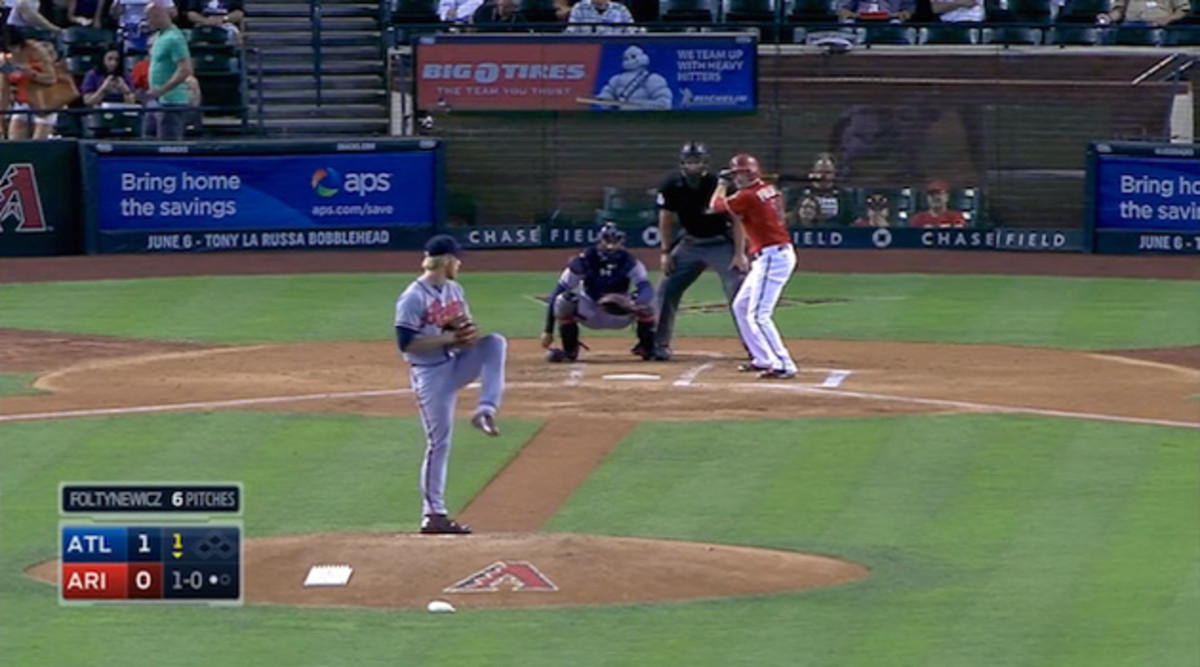
Pollock’s bat is parallel to the ground, nearly sitting on his shoulder. Once the pitcher (in this case Mike Foltynewicz) goes into the windup and delivers the pitch, everything else looks nearly identical. He goes through a similar load with a big leg kick and exaggerated backwards-c hand motion. Once he’s ready to swing, his bat is basically in the same place as it was in 2014. It just gets to that place from a different starting point.
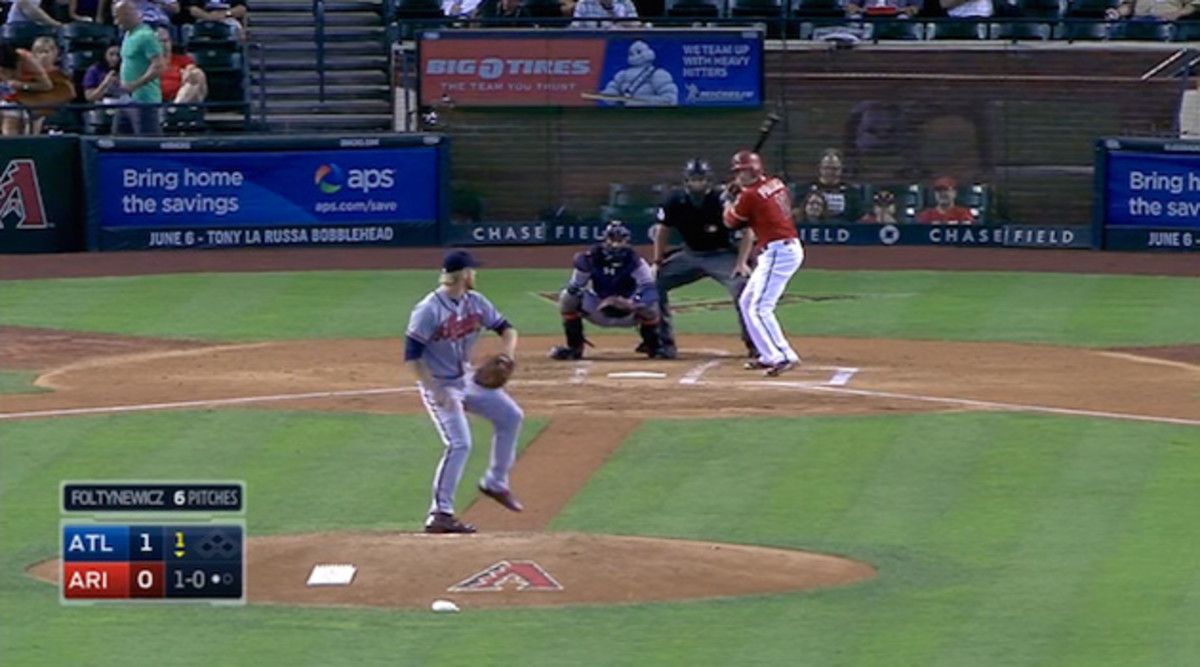
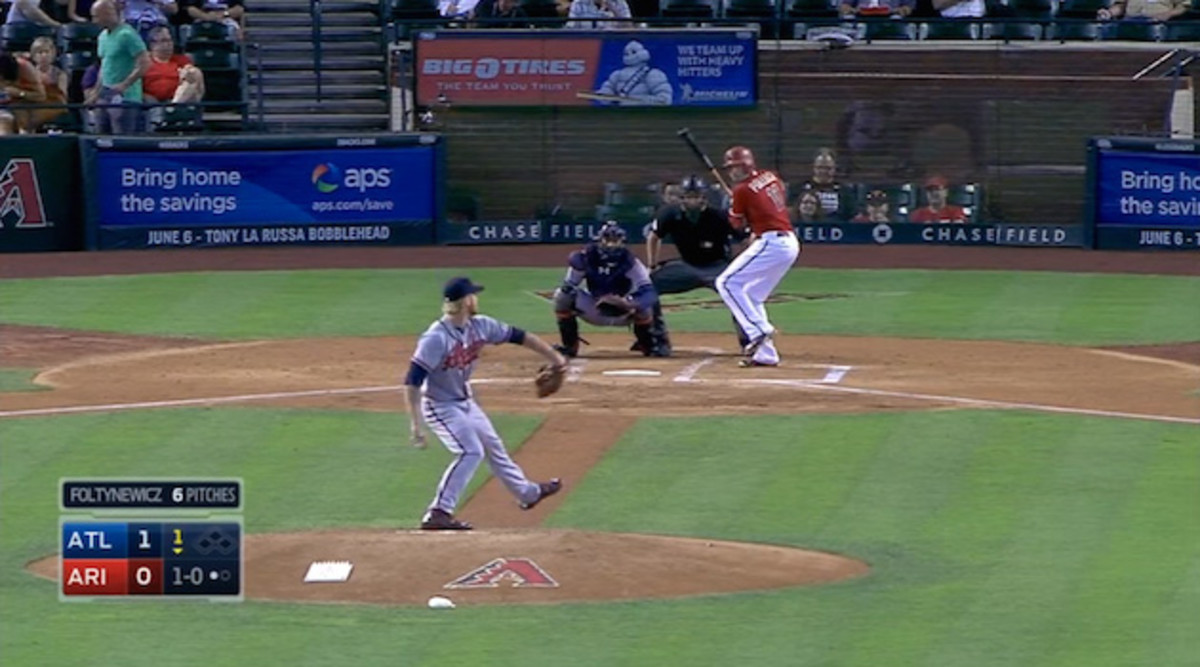
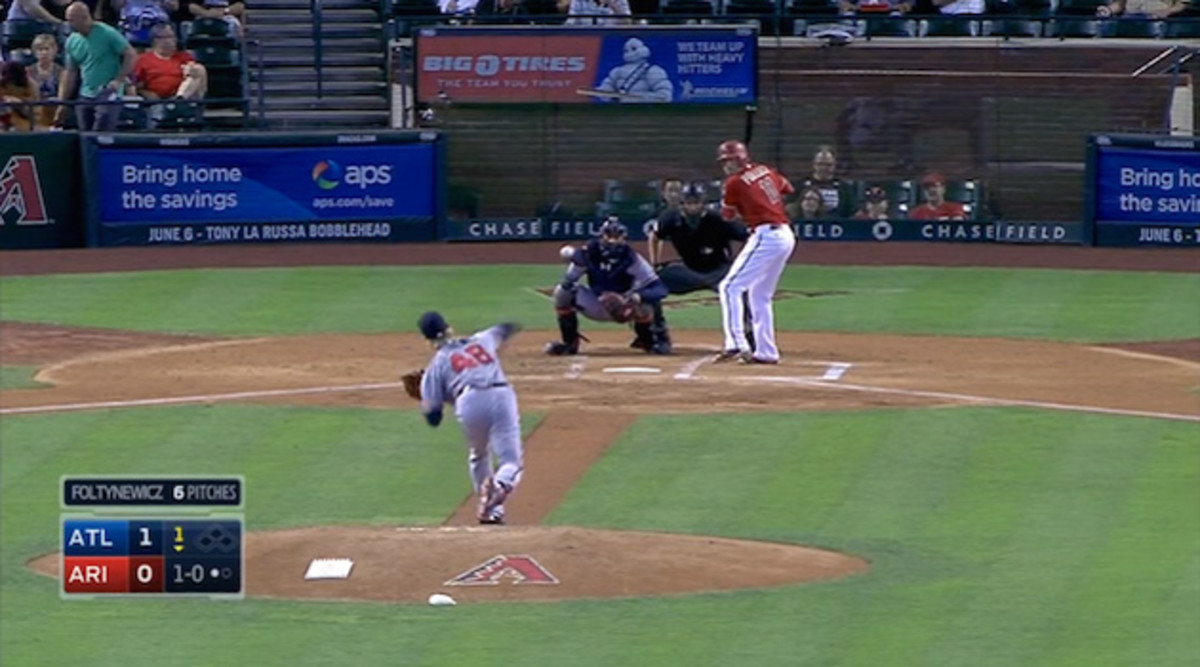
Here’s a closer look at the difference in Pollock’s setup between this season and last season. Helpfully, both are against Madison Bumgarner.
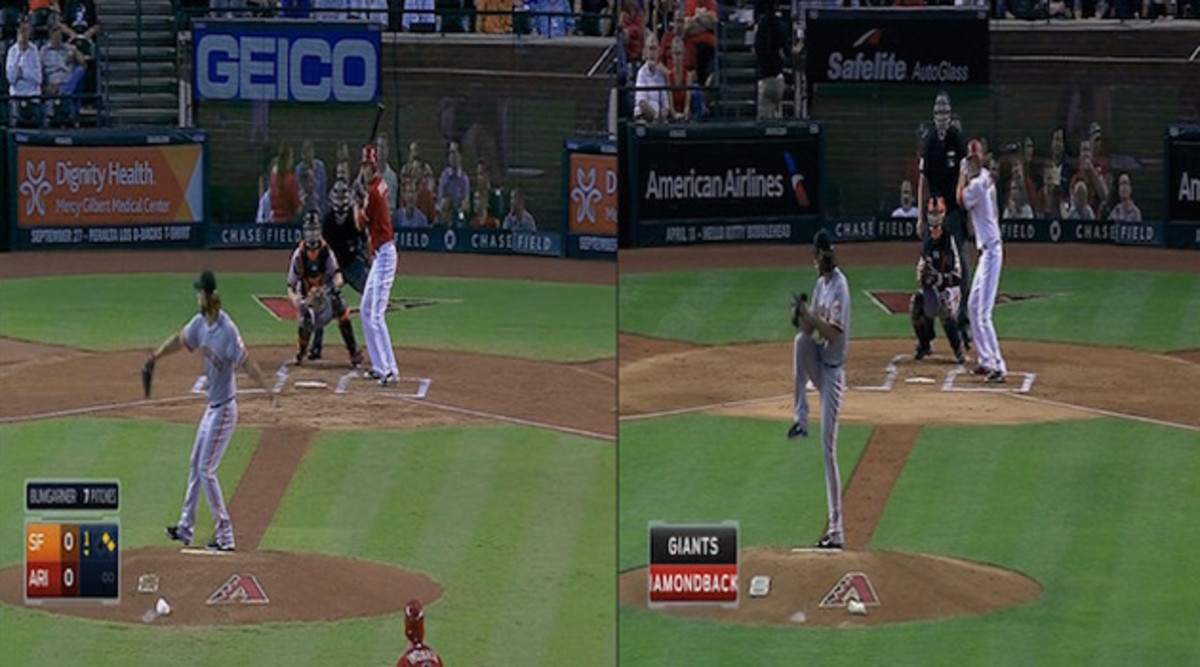
You can also see that this year, he’s more upright when the pitcher delivers the pitch.

When Pollock uncoils and offers at a pitch, we again see a lot of similarities between 2015 and 2014.

Re-ranking the top 50 fantasy baseball players in the 2015 season
The front foot is pointed forward, but at a slight angle, approximately at the straightaway second base position. His front leg is locked out, while his hands come through the hitting zone at, for all intents and purposes, the same place for similarly located pitches. The middle and end of Pollock’s swing are the same this season. It’s the beginning of the story that has changed this season.
Pollock could have made the alteration for a number of reasons. It’s possible he feels he gets his hands into the load position better when he takes them directly off his shoulder. Starting with his hands a bit lower may help him get them into the hitting zone faster. It could even simply be a matter of comfort. Whatever the reason behind the change, the results have been fantastic. Pollock should be treated as a top-10 fantasy outfielder for the rest of the season. There’s no selling high, here. Pollock’s comfortable, steadily upward trajectory is back on course.
